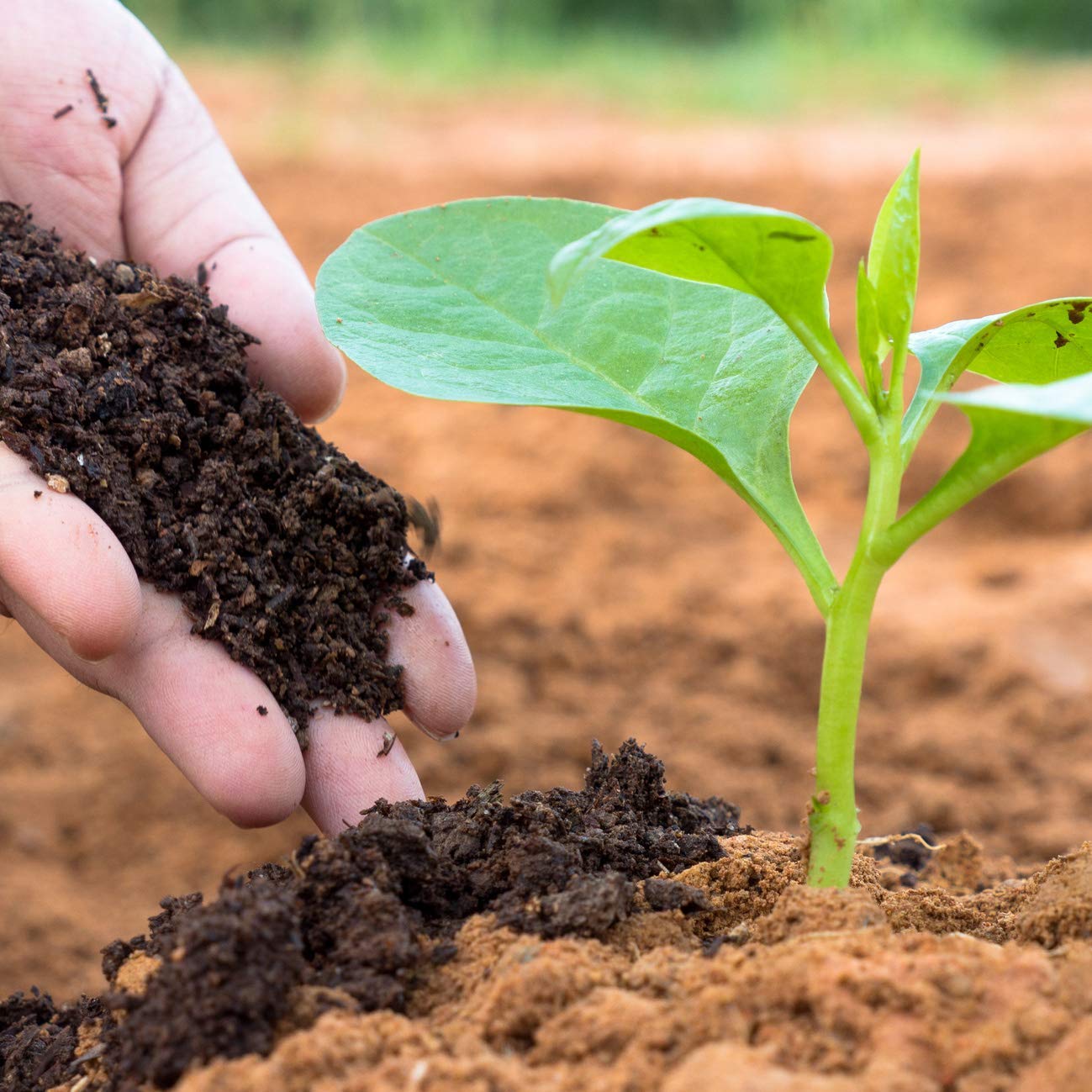

Articles
What Is 30 10 10 Fertilizer Used For
Modified: October 29, 2024
Learn about the uses and benefits of 30 10 10 fertilizer in our informative articles. Enhance your gardening knowledge and achieve healthier plants.
(Many of the links in this article redirect to a specific reviewed product. Your purchase of these products through affiliate links helps to generate commission for Storables.com, at no extra cost. Learn more)
Introduction
Fertilizers play a vital role in promoting plant growth and providing essential nutrients to plants. One commonly used type of fertilizer is the 30-10-10 fertilizer. This specialized blend contains a specific ratio of nutrients that can help improve plant health and productivity. In this article, we will explore what exactly 30-10-10 fertilizer is, its purpose, benefits, application methods, precautions, and alternatives.
Whether you are a seasoned gardener or just starting out, understanding the significance of fertilizers and how to use them effectively can make a significant difference in the success of your plants. Therefore, let’s dive deeper into the world of 30-10-10 fertilizer and discover why it is such a popular choice among gardeners and plant enthusiasts.
Key Takeaways:
- 30-10-10 fertilizer is a balanced blend containing essential nutrients for lush foliage, strong roots, and overall plant health. It’s ideal for a wide range of plants, but proper application and precautions are crucial for success.
- Consider alternative fertilizers such as slow-release, organic, biofertilizers, or customized blends to meet specific plant needs and environmental preferences. Always prioritize the health and vitality of your plants while exploring different options.
Read more: What Is In 10 10 10 Fertilizer
What is 30-10-10 fertilizer?
30-10-10 fertilizer is a type of balanced or complete fertilizer that contains three essential nutrients: nitrogen (N), phosphorus (P), and potassium (K). These nutrients are represented by the three numbers in the fertilizer ratio, which indicates the percentage of each nutrient in the product. In the case of 30-10-10 fertilizer, it contains 30% nitrogen, 10% phosphorus, and 10% potassium.
Nitrogen is crucial for promoting leaf and stem growth, phosphorus is essential for root development and flowering, and potassium contributes to overall plant vigor and disease resistance. The balanced ratio of these nutrients in 30-10-10 fertilizer makes it suitable for a wide range of plants, including lawns, vegetables, fruits, and ornamental plants.
This fertilizer usually comes in granular form, which can be spread evenly on the soil surface or mixed into the planting hole. Some brands may also offer it in liquid or water-soluble powder form for ease of application.
It is important to note that 30-10-10 fertilizer is a synthetic or chemical fertilizer, meaning it is manufactured using inorganic compounds. While it can provide quick and targeted nutrient delivery, it is necessary to use it judiciously and in accordance with the specific needs of your plants.
Now that we understand what 30-10-10 fertilizer is and its basic composition, let’s explore the purpose behind using this particular fertilizer.
The purpose of using 30-10-10 fertilizer
The primary purpose of using 30-10-10 fertilizer is to provide plants with a balanced and nutrient-rich diet. Each nutrient present in the fertilizer serves a specific purpose and contributes to the overall growth and health of the plants.
The high nitrogen content of 30-10-10 fertilizer makes it particularly suitable for promoting lush, green foliage and encouraging vigorous growth. Nitrogen is an essential component of chlorophyll, the pigment responsible for photosynthesis. By providing an ample supply of nitrogen, plants can effectively convert sunlight into energy, leading to robust and healthy leaf development.
Additionally, the phosphorus component of 30-10-10 fertilizer aids in root development, promoting strong and extensive root systems. This is especially beneficial for newly transplanted seedlings or plants, as it enhances nutrient absorption and improves their ability to withstand stress factors such as drought or environmental changes.
The third nutrient, potassium, plays a crucial role in overall plant health. It helps regulate water uptake and utilization, strengthens cell walls, and improves disease resistance. Potassium also contributes to flower and fruit formation, enhancing overall plant productivity and quality.
Using 30-10-10 fertilizer ensures that plants receive a balanced supply of nutrients, addressing their specific needs at different stages of growth. It can be especially beneficial for plants that require an extra boost of nitrogen, such as leafy greens, lawns, or fast-growing annuals. By providing the necessary nutrients, this fertilizer can help plants reach their full potential and thrive in their environment.
Now that we understand the purpose of using 30-10-10 fertilizer, let’s explore the various benefits it offers.
Benefits of using 30-10-10 fertilizer
Using 30-10-10 fertilizer can provide several benefits to your plants and contribute to their overall health and vitality. Let’s explore some of the key advantages associated with this type of fertilizer:
- Promotes healthy growth: The balanced ratio of nitrogen, phosphorus, and potassium in 30-10-10 fertilizer ensures that plants receive the essential nutrients they need for robust growth. The high nitrogen content boosts leaf and stem development, while phosphorus supports root growth and flowering. Potassium contributes to overall plant vigor and disease resistance, promoting their overall health.
- Enhances nutrient uptake: The phosphorus component of 30-10-10 fertilizer helps improve nutrient absorption by plants, particularly during the early stages of growth. It aids in the development of strong and extensive root systems, allowing plants to uptake essential minerals more efficiently.
- Improves stress tolerance: The balanced nutrient composition of 30-10-10 fertilizer helps plants cope with environmental stressors such as drought, extreme temperatures, or transplant shock. By providing adequate nutrients, it strengthens the plant’s ability to withstand and recover from stress, ensuring their survival and longevity.
- Increases productivity: The application of 30-10-10 fertilizer can lead to increased flower and fruit formation, resulting in higher yields and improved quality. The optimal nutrient levels provided by this fertilizer support the plant’s reproductive processes, allowing it to produce more abundant and healthier fruits or flowers.
- Convenient and easy to use: 30-10-10 fertilizer is readily available in most garden centers and can be purchased in various forms such as granular, liquid, or water-soluble powder. This makes it convenient and easy to apply to your plants, whether you have a small backyard garden or a larger agricultural space.
It is essential to follow proper application techniques and dosage recommendations specific to your plants when using 30-10-10 fertilizer to maximize these benefits. Additionally, timing and frequency of application should be considered to ensure optimal nutrient uptake without causing any harm to the plants.
Now that we have explored the benefits of using 30-10-10 fertilizer, let’s delve into when it should be used.
When to use 30-10-10 fertilizer
The timing of applying 30-10-10 fertilizer largely depends on the specific requirements of your plants and their growth stages. Here are some general guidelines to help you determine when to use this type of fertilizer:
- Early spring: As plants start to emerge from dormancy and begin their growth phase in early spring, it is a suitable time to apply 30-10-10 fertilizer. The nitrogen content will stimulate lush foliage growth and prepare the plants for the upcoming season.
- Vegetative growth stage: During the vegetative growth stage, when plants focus on developing robust leaves and stems, 30-10-10 fertilizer can be beneficial. This usually occurs in late spring and early summer for most plants, but timing may vary depending on the specific plant species.
- Heavy feeding plants: Certain plants have high nutrient requirements and may benefit from regular applications of 30-10-10 fertilizer throughout the growing season. Examples include leafy greens, such as lettuce and spinach, or fast-growing annual flowers and vegetables.
- Lawns: If you want to promote a healthy and lush lawn, applying 30-10-10 fertilizer in spring and early fall can help achieve that. The nitrogen content will encourage vigorous grass growth and provide a vibrant green color.
- Transplanting: When transplanting young seedlings or established plants, using 30-10-10 fertilizer in the planting hole or as a side dressing can help reduce transplant shock and promote root establishment.
It is important to note that not all plants may require 30-10-10 fertilizer, and some may benefit from different nutrient ratios. It is advisable to conduct a soil test to assess the nutrient levels and specific requirements of your plants before applying any fertilizer. This will help you determine the appropriate fertilizer type and dosage for optimal plant health.
Now that we understand when to use 30-10-10 fertilizer, let’s explore how to apply it correctly.
30-10-10 fertilizer is commonly used for promoting healthy growth in lawns, as well as for feeding trees, shrubs, and other plants that require a higher nitrogen content for foliage development. It is not recommended for use on flowering plants or vegetables, as the high nitrogen levels can promote excessive leaf growth at the expense of flowers or fruit.
Read more: What Fertilizer To Use For Grass
How to apply 30-10-10 fertilizer correctly
Proper application of 30-10-10 fertilizer is essential to ensure that your plants receive the right amount of nutrients and to prevent any potential damage. Follow these steps to apply this fertilizer correctly:
- Read the instructions: Before using any fertilizer, carefully read and understand the instructions provided by the manufacturer. This will guide you on the appropriate dosage, application frequency, and any specific precautions.
- Prepare the area: Clear the area of any weeds or debris and ensure that the soil is adequately moist. It is advisable to water the plants a day before applying the fertilizer to prevent any potential burning of the roots.
- Measure the fertilizer: Use a garden scale or measuring cup to accurately measure the required amount of 30-10-10 fertilizer. The dosage will vary depending on the specific requirements of your plants and the instructions provided on the packaging.
- Apply evenly: For granular fertilizer, sprinkle the measured amount evenly over the soil surface around the base of the plants. Avoid direct contact with the foliage, as it may cause burn or damage. For liquid or water-soluble powder form, dilute the fertilizer according to the instructions and apply using a watering can or sprayer.
- Incorporate into the soil: For granular fertilizer, lightly rake or water the soil to help incorporate the fertilizer into the root zone. This will ensure that the nutrients are readily available for plant uptake. Be cautious not to disturb the roots in the process.
- Water thoroughly: After applying the fertilizer, water the plants thoroughly to help activate the nutrients and prevent any potential burning. Watering will also help distribute the fertilizer evenly in the soil.
- Follow recommended application schedule: Depending on the specific fertilizer formulation and plant requirements, you may need to reapply 30-10-10 fertilizer every 4-6 weeks during the growing season. However, it is crucial to follow the recommended application schedule provided by the manufacturer.
- Store and handle with care: When storing and handling 30-10-10 fertilizer, keep it in a cool, dry place away from children and pets. Follow the labeled precautions for safe use and disposal to protect the environment.
It is important to note that over-fertilizing can be detrimental to plants, leading to nutrient imbalances, root burn, or environmental pollution. Always follow the recommended dosage and application guidelines to ensure the proper use of 30-10-10 fertilizer.
Now that we know how to properly apply 30-10-10 fertilizer, let’s explore some precautions and considerations to keep in mind when using this fertilizer.
Precautions and considerations when using 30-10-10 fertilizer
While 30-10-10 fertilizer can be beneficial for plant growth, it’s important to keep a few precautions and considerations in mind to ensure its safe and effective use. Here are some key points to consider:
- Follow dosage instructions: It’s crucial to follow the recommended dosage instructions provided by the manufacturer. Applying excessive amounts of fertilizer can lead to nutrient imbalances, which can harm plants and negatively impact the surrounding environment.
- Avoid foliage contact: Direct contact between 30-10-10 fertilizer and plant foliage can cause leaf burn. Always apply the fertilizer around the base of the plants, avoiding contact with leaves, stems, and flowers. If any fertilizer accidentally comes into contact with foliage, rinse it off immediately with water.
- Water properly: After applying the fertilizer, water the plants thoroughly to prevent fertilizer burn and to help nutrients reach the root zone effectively. Avoid overwatering, as it can leach nutrients from the soil.
- Consider soil conditions: Different plants have varying soil pH and nutrient requirements. It’s important to understand the specific needs of your plants and perform a soil test to determine if any adjustments are necessary before applying 30-10-10 fertilizer.
- Time application carefully: Apply 30-10-10 fertilizer when the weather is mild and plants are actively growing. Avoid applying fertilizer during extreme heat or drought conditions, as this can stress the plants further.
- Store and handle with care: Store the fertilizer in a cool, dry place and keep it out of reach of children and pets. Follow the label instructions for safe handling, use appropriate protective gear, and prevent spillage or contamination of water sources.
- Consider organic alternatives: If you prefer a more environmentally-friendly option, consider using organic fertilizers or soil amendments. These can provide similar benefits to 30-10-10 fertilizer while promoting soil health and sustainability.
By adhering to these precautions and considerations, you can ensure that you are using 30-10-10 fertilizer responsibly and effectively to support the growth and health of your plants.
Now, let’s explore some alternative fertilizer options that you can consider as an alternative to 30-10-10 fertilizer.
Alternatives to 30-10-10 fertilizer
While 30-10-10 fertilizer can be effective for providing balanced nutrition to plants, there are alternative fertilizer options available that might better suit specific gardening needs or personal preferences. Here are a few alternatives to consider:
- Slow-release fertilizers: Slow-release fertilizers provide a controlled release of nutrients over an extended period. They are available in granular or pellet form and can provide a steady supply of nutrients to plants, reducing the risk of over-fertilization.
- Organic fertilizers: Organic fertilizers are derived from natural sources such as compost, manure, or other organic materials. They are slower to release nutrients but provide long-term benefits to soil health and microbial activity. Examples include compost tea, fish emulsion, or bone meal.
- Biofertilizers: Biofertilizers contain beneficial microorganisms, such as bacteria or fungi, that enhance soil fertility and nutrient uptake by plants. These microorganisms can help solubilize nutrients and fix atmospheric nitrogen, promoting overall plant growth and health.
- Foliar fertilizers: Foliar fertilizers are liquid fertilizers that can be sprayed directly onto plant leaves. They are quickly absorbed by the foliage, allowing for rapid nutrient uptake. Foliar fertilizers are useful for addressing nutrient deficiencies or providing a quick nutrient boost during periods of stress.
- Customized fertilizer blends: Depending on the specific nutrient requirements of your plants, you can also opt for customized fertilizer blends tailored to their needs. These blends can be adjusted to provide specific ratios of nitrogen, phosphorus, and potassium, based on soil test results and plant nutrient deficiencies.
When choosing an alternative fertilizer, consider factors such as plant type, soil conditions, and nutrient requirements. It’s always a good idea to conduct a soil test to identify any nutrient deficiencies or imbalances before selecting the most appropriate fertilizer option.
Remember, proper application techniques and dosage are still important when using alternative fertilizers. Always follow the manufacturer’s instructions and consider the specific needs of your plants.
Now that we have explored some alternative options, let’s conclude our discussion on 30-10-10 fertilizer.
Conclusion
30-10-10 fertilizer is a balanced fertilizer that contains essential nutrients for promoting plant growth and development. Its high nitrogen content stimulates lush foliage, phosphorus supports root development, and potassium improves overall plant health. This fertilizer can be used for a variety of plants, including lawns, vegetables, fruits, and ornamentals.
When using 30-10-10 fertilizer, it is important to follow proper application techniques and dosage instructions to prevent over-fertilization or damage to plants. Watering the plants after application helps activate the nutrients and distribute them evenly in the soil. Additionally, considering soil conditions, timing of application, and proper storage and handling are key precautions to keep in mind.
While 30-10-10 fertilizer offers several benefits, including promoting healthy growth, enhancing nutrient uptake, and increasing productivity, there are alternative options available. Slow-release fertilizers, organic fertilizers, biofertilizers, and customized fertilizer blends provide alternative approaches to meet specific plant needs and environmental preferences.
In conclusion, understanding the benefits, timing, and correct application of 30-10-10 fertilizer can greatly enhance the success of your gardening endeavors. By providing the right balance of nutrients, this fertilizer helps plants thrive and fulfill their growth potential. Just remember to exercise caution, consider alternative options, and prioritize the specific needs of your plants to ensure their health and vitality.
Happy gardening!
Curious about getting the most from your garden's nutrients? Mastering the art of fertilizer application is crucial. Our next article dives into effective techniques for feeding your plants, ensuring they grow healthy and robust. Whether you're dealing with flowers, veggies, or shrubs, knowing how to apply fertilizer properly can make all the difference. Don’t miss out on essential tips that could transform your gardening practice!
Frequently Asked Questions about What Is 30 10 10 Fertilizer Used For
Was this page helpful?
At Storables.com, we guarantee accurate and reliable information. Our content, validated by Expert Board Contributors, is crafted following stringent Editorial Policies. We're committed to providing you with well-researched, expert-backed insights for all your informational needs.
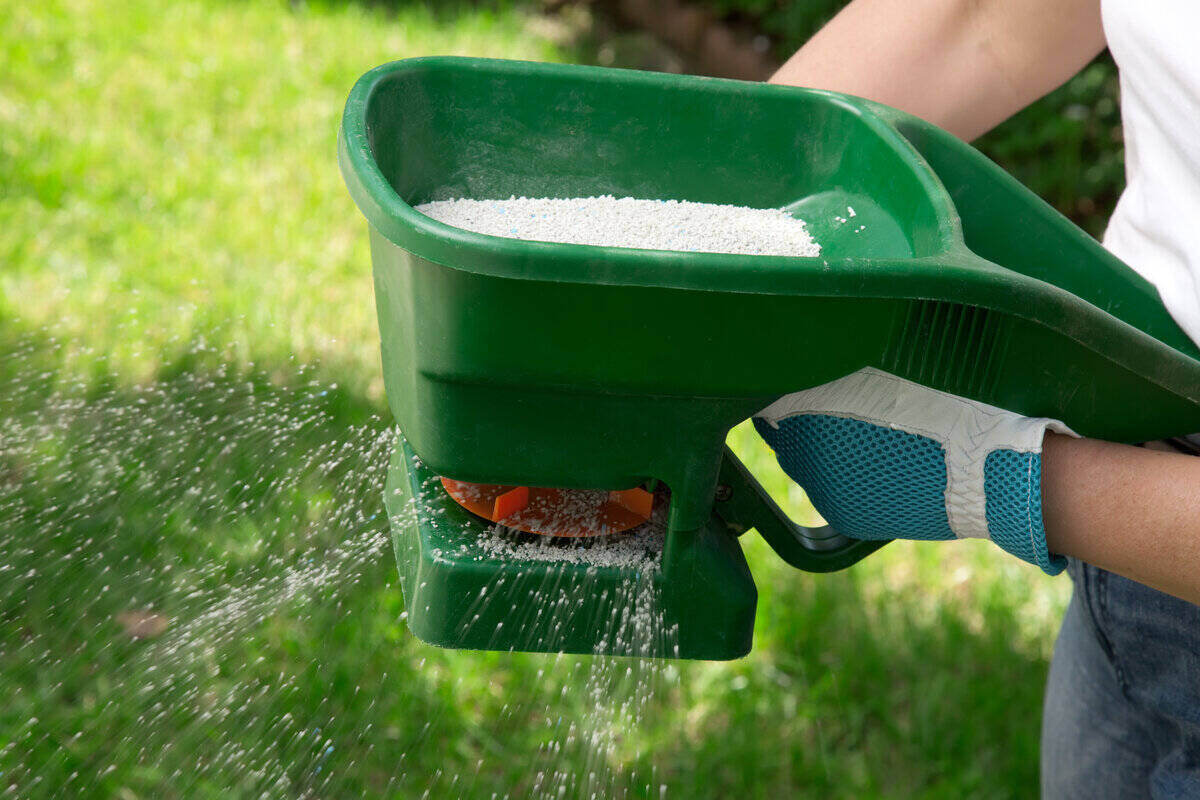
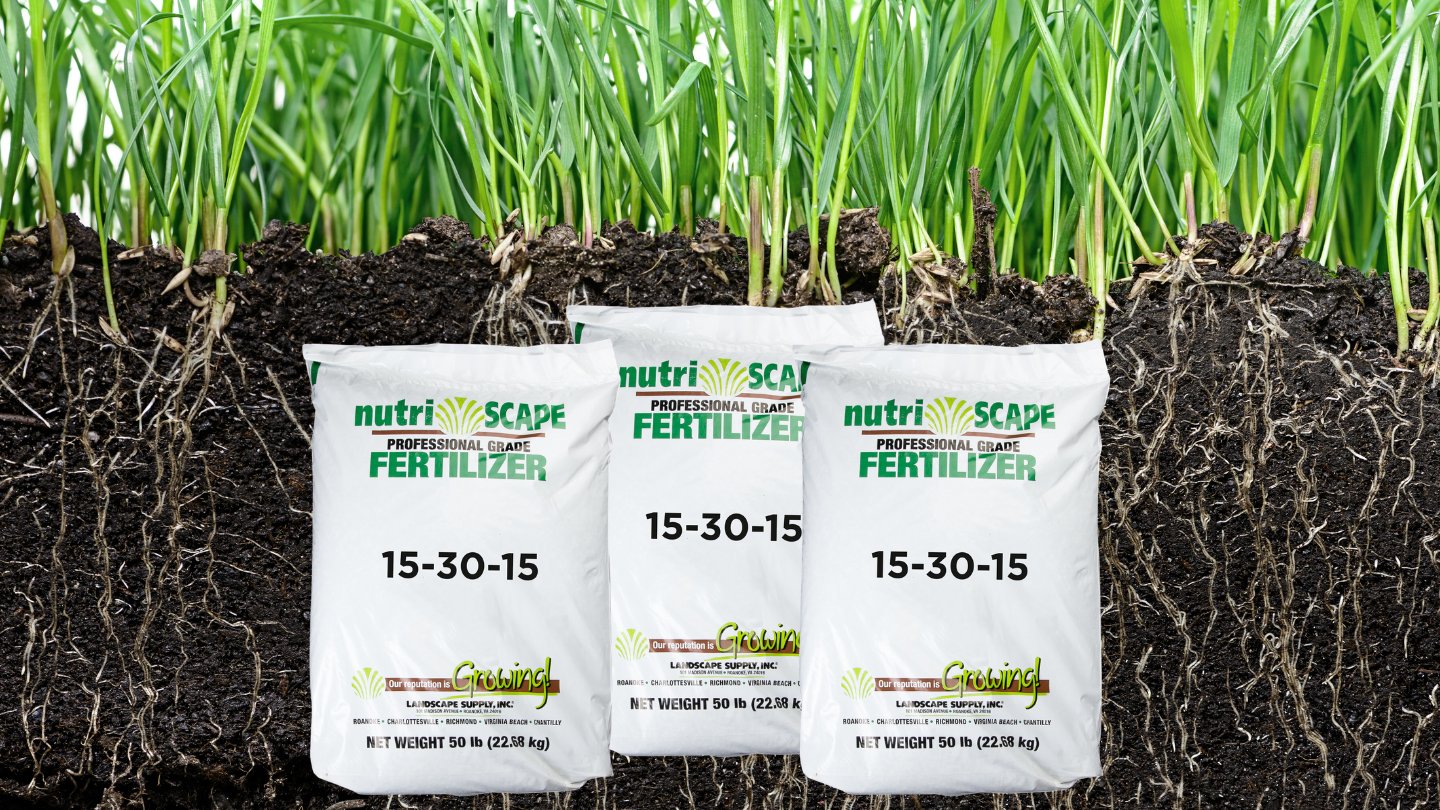
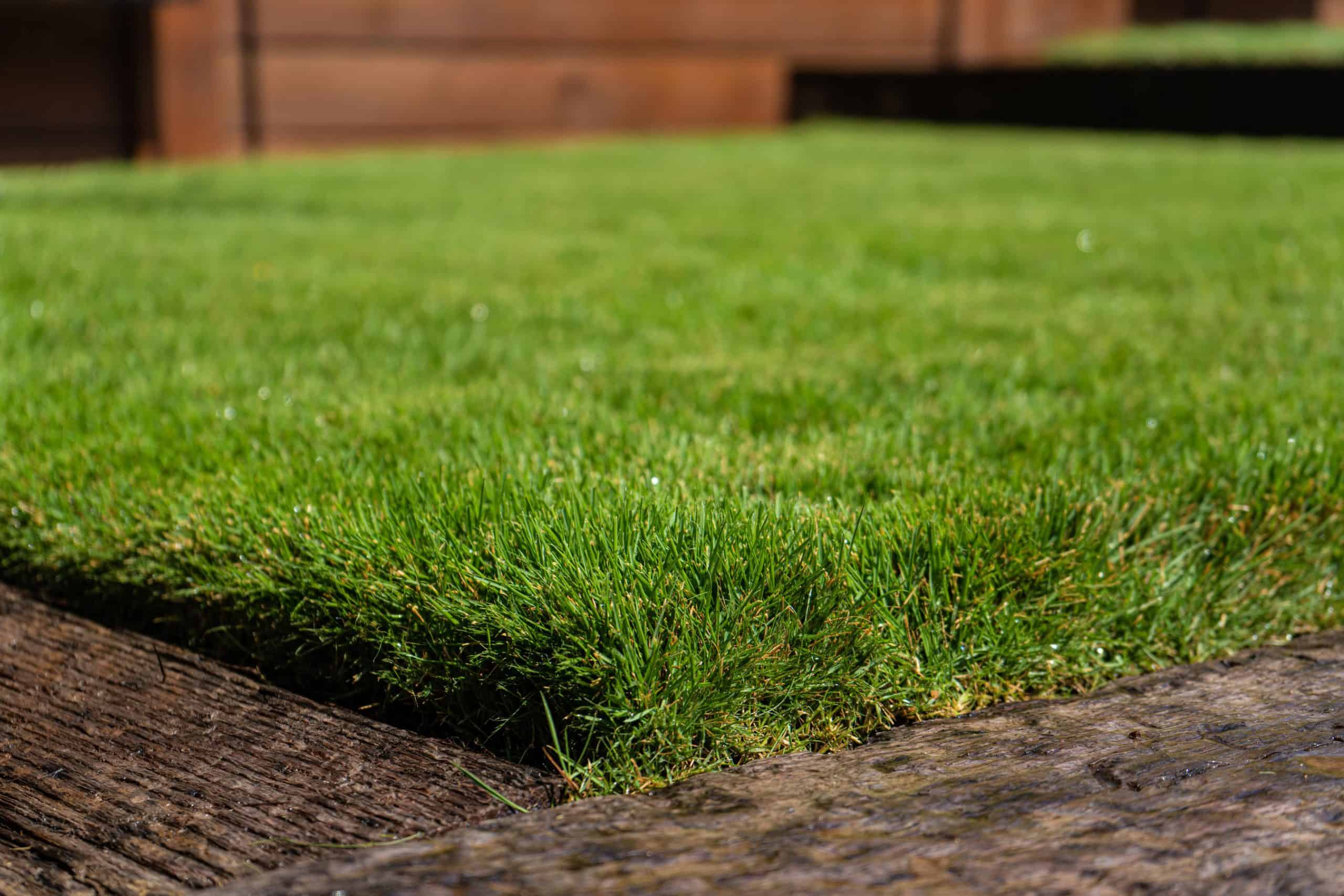
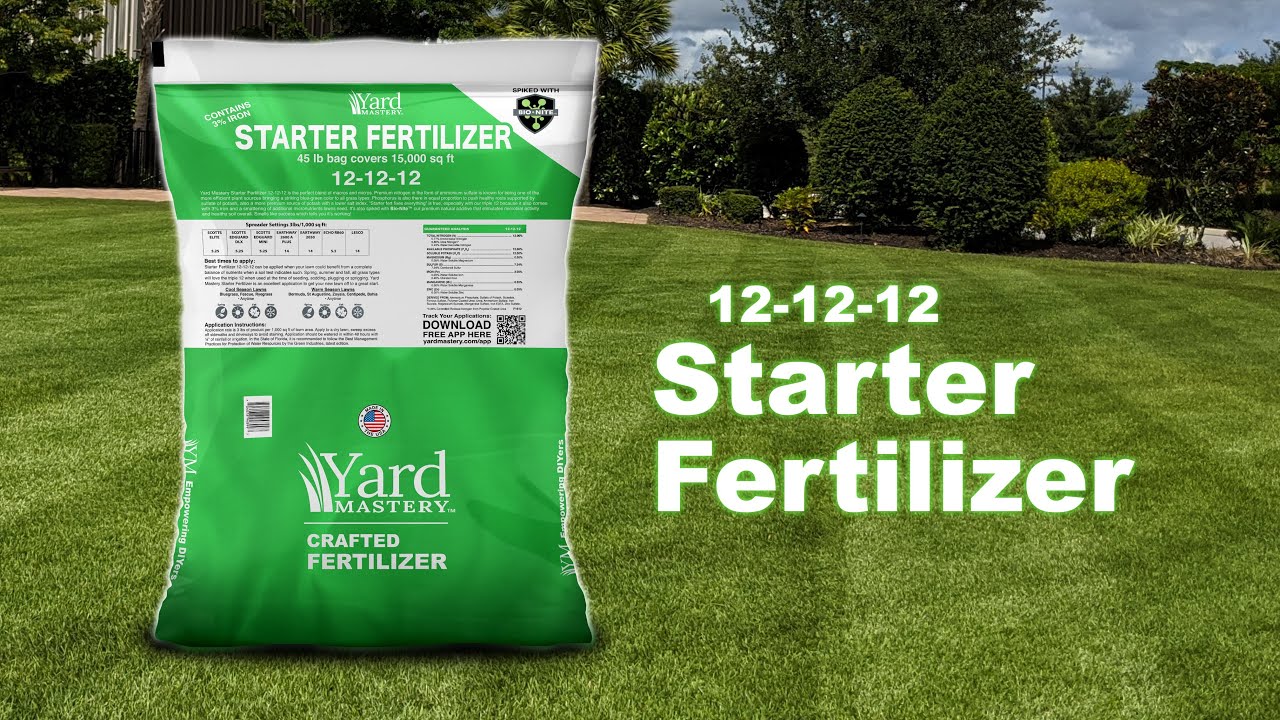
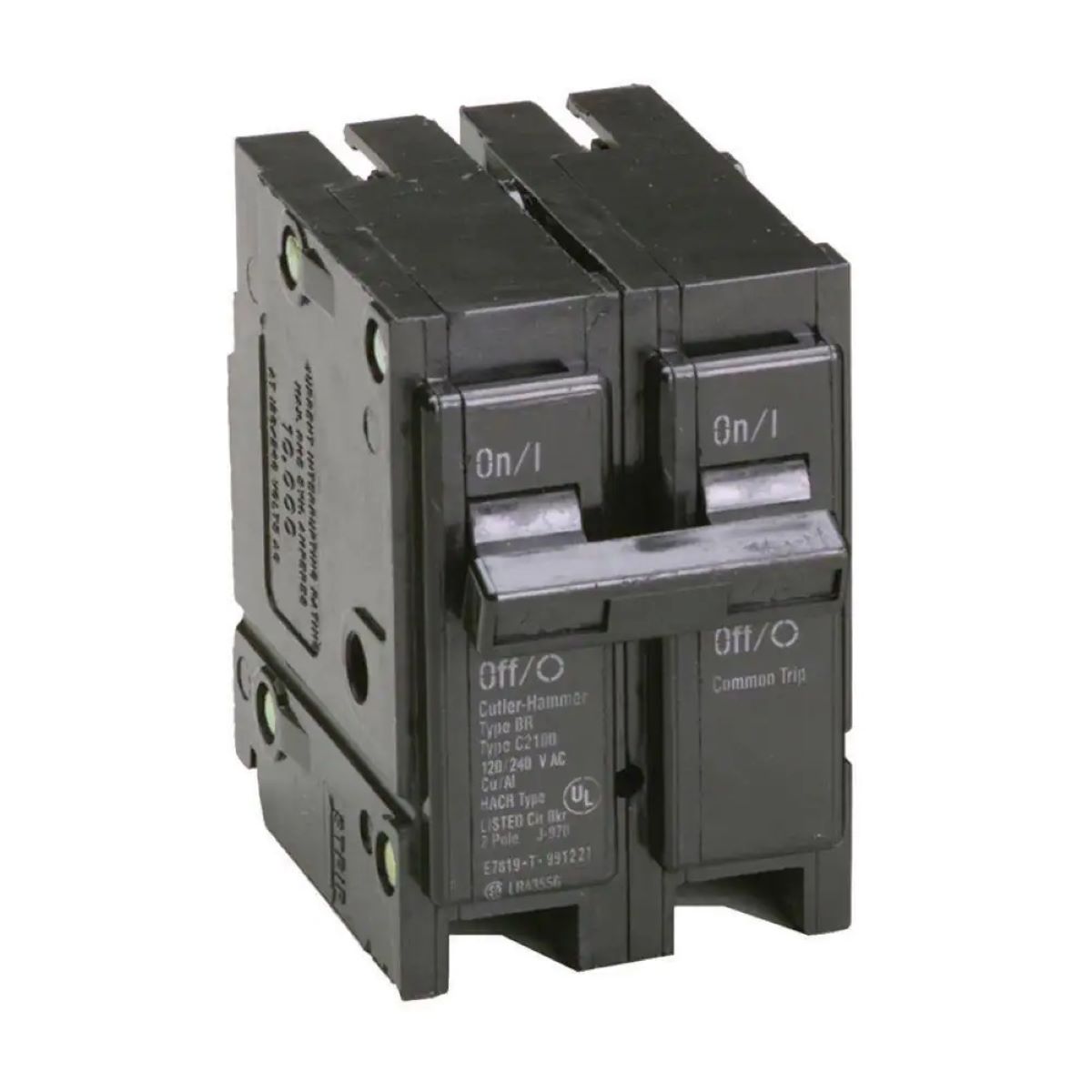
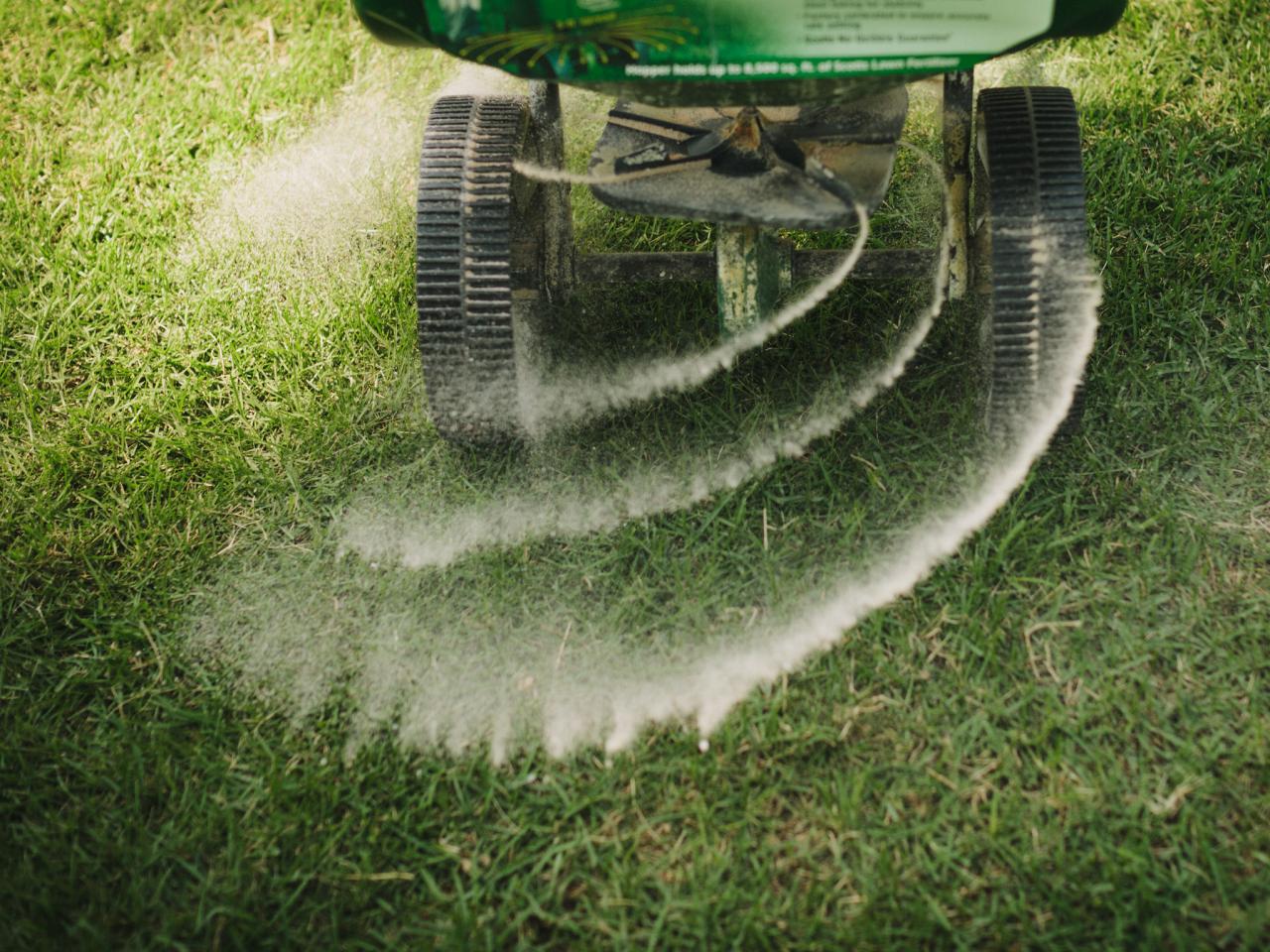
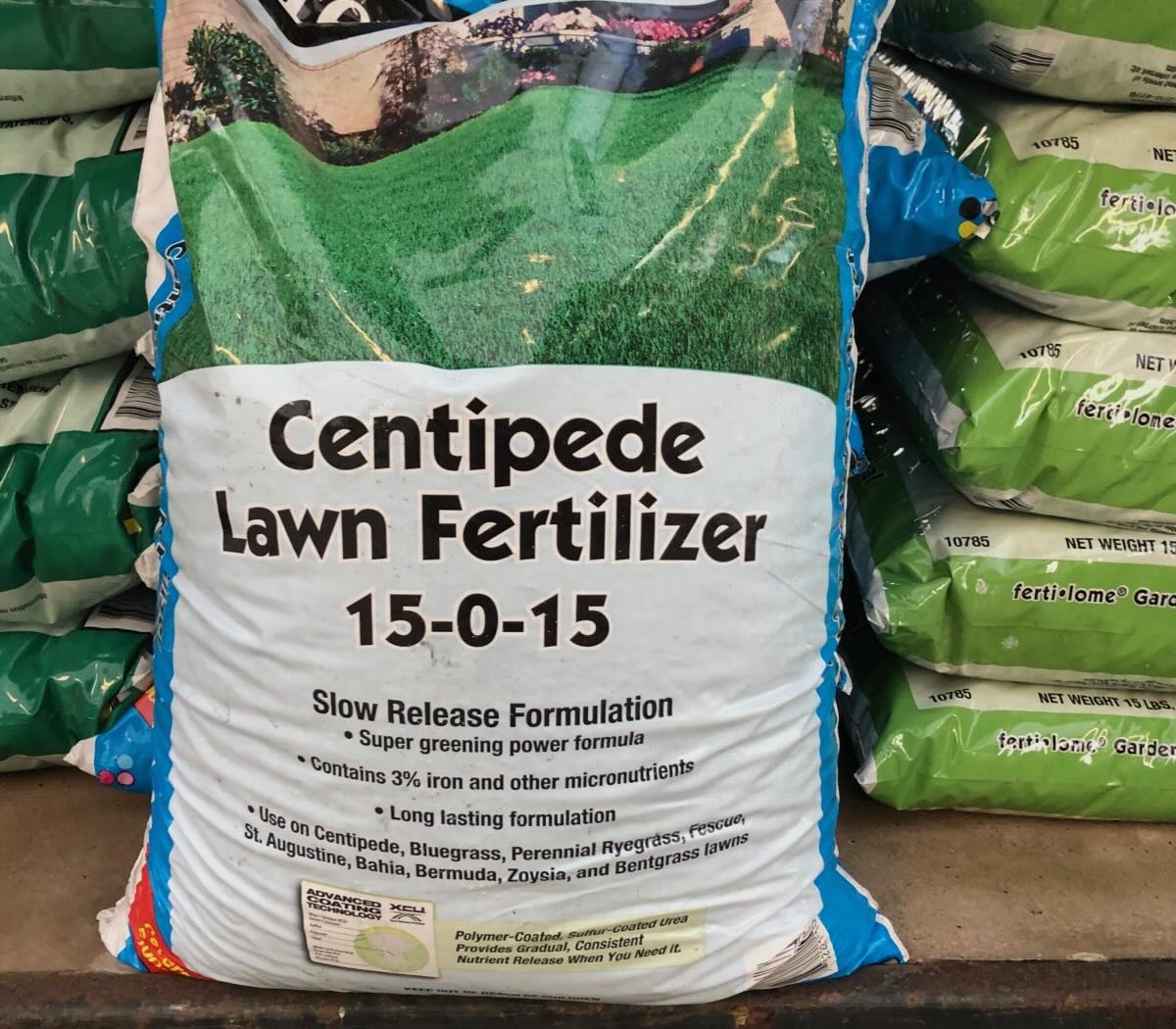
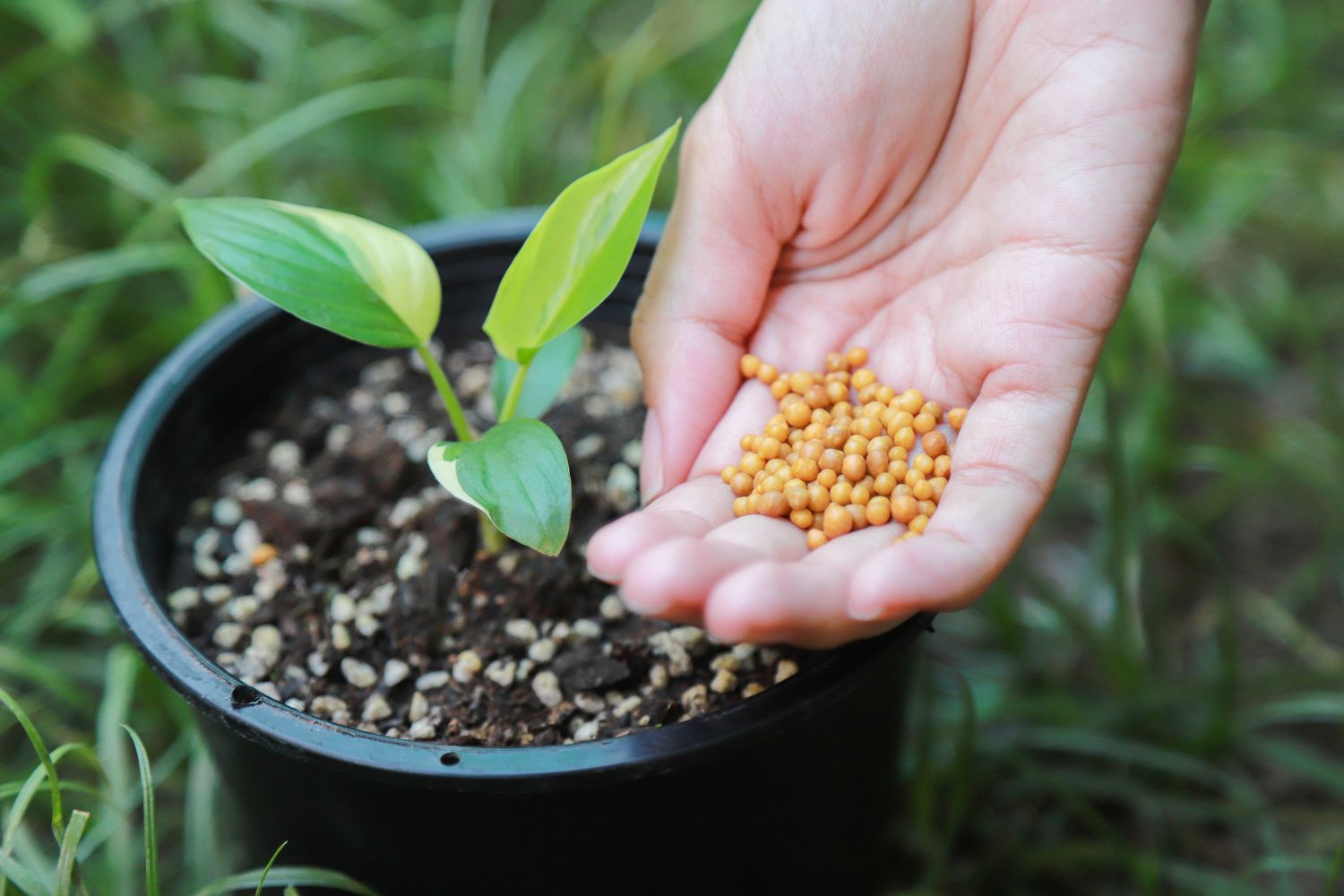
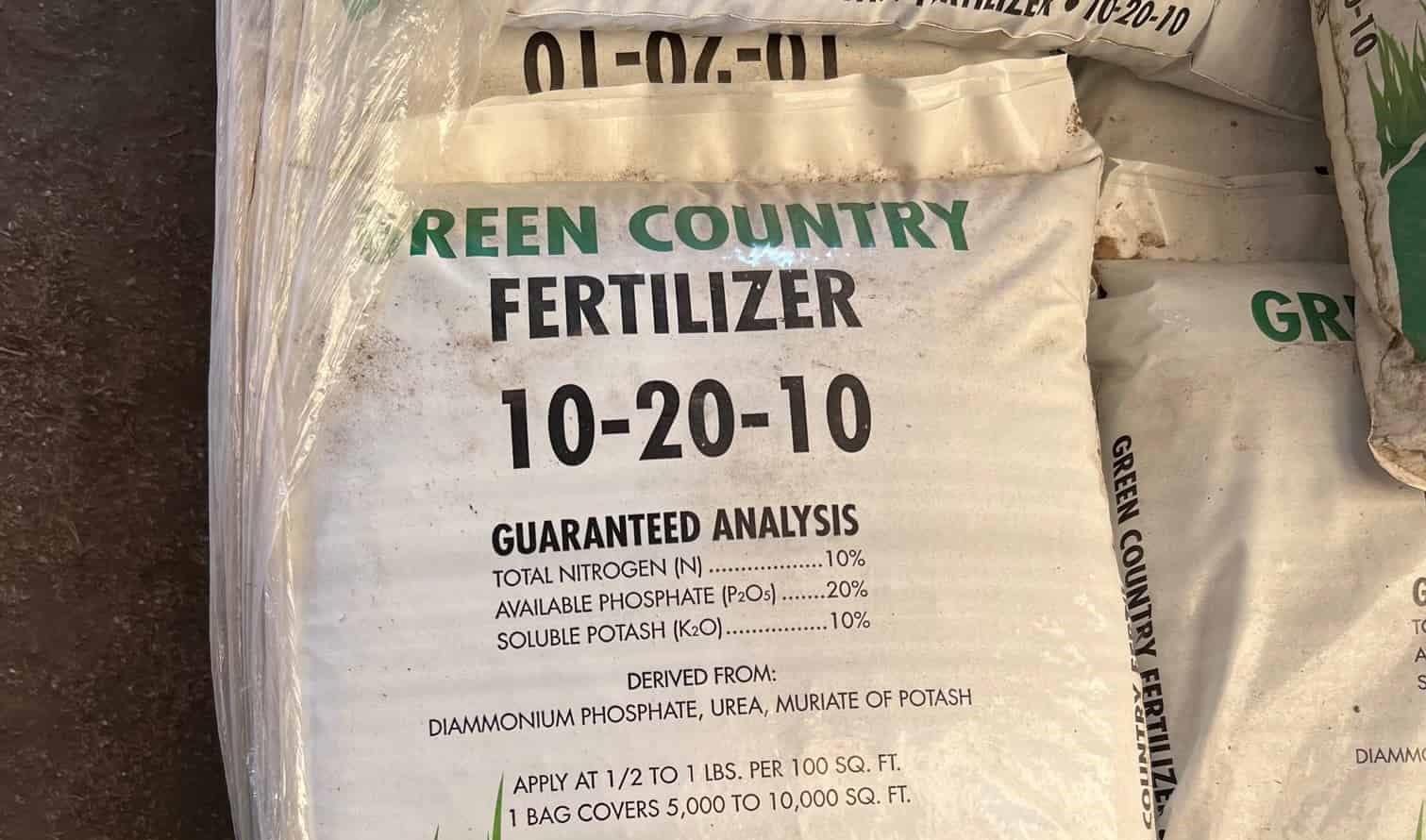
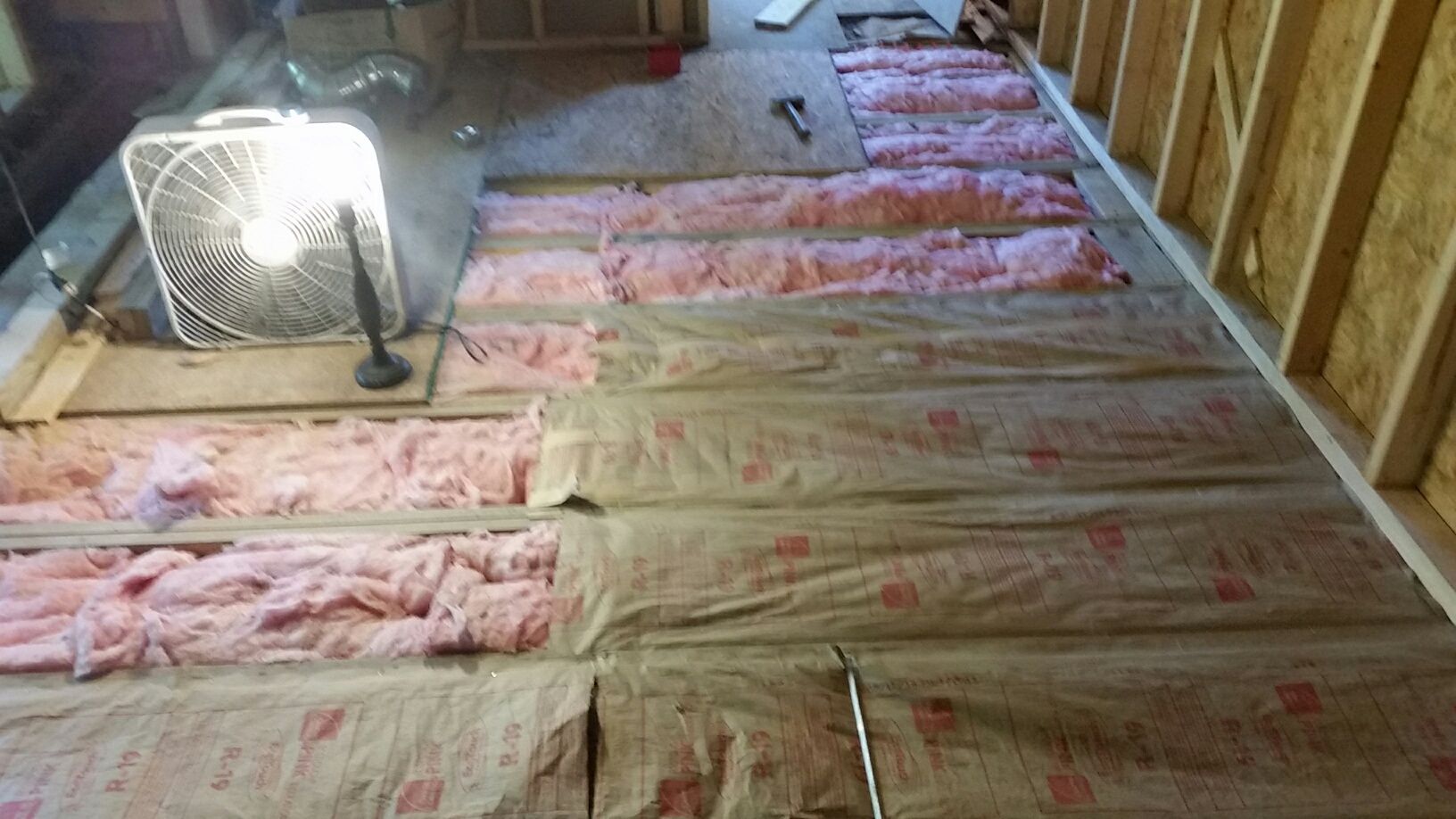
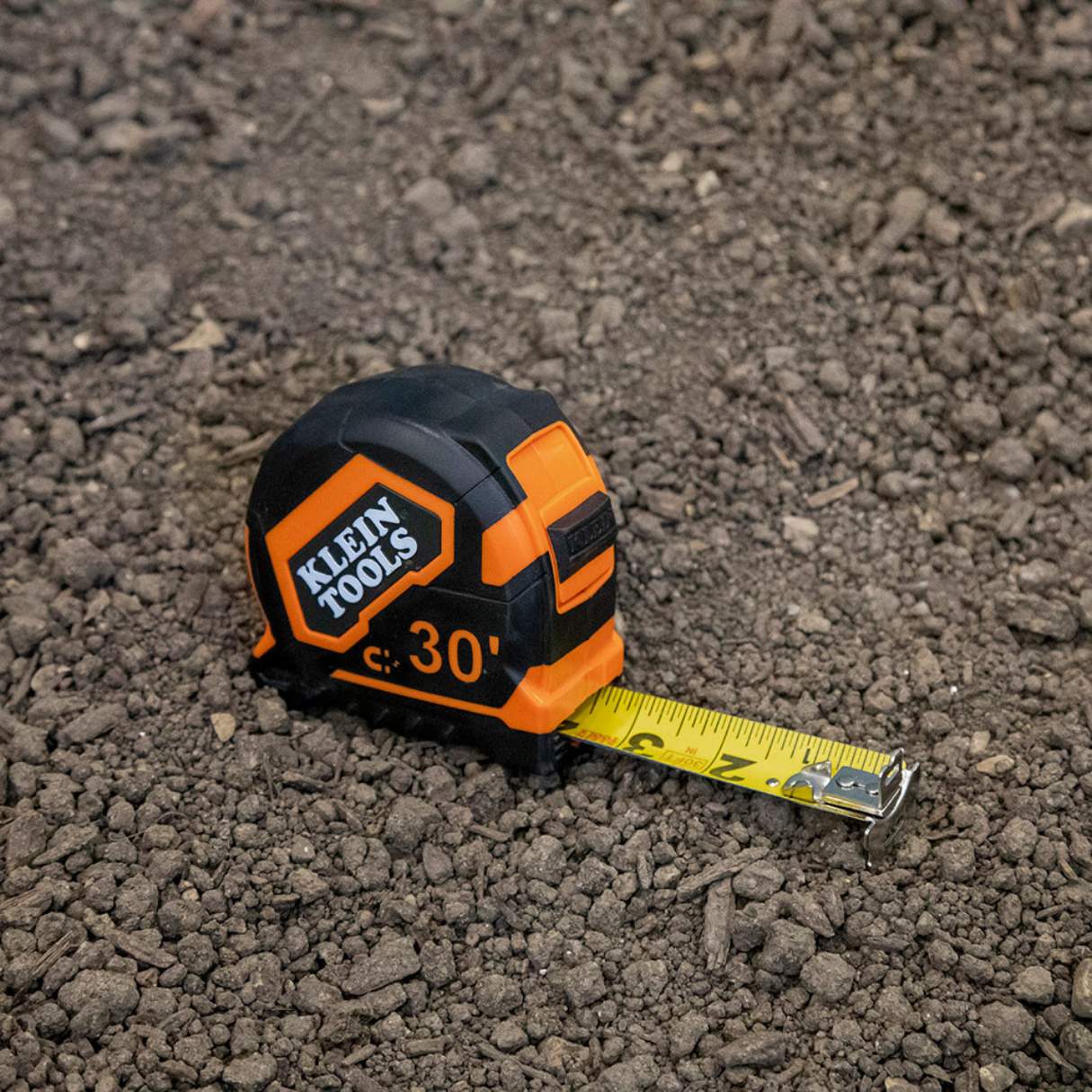
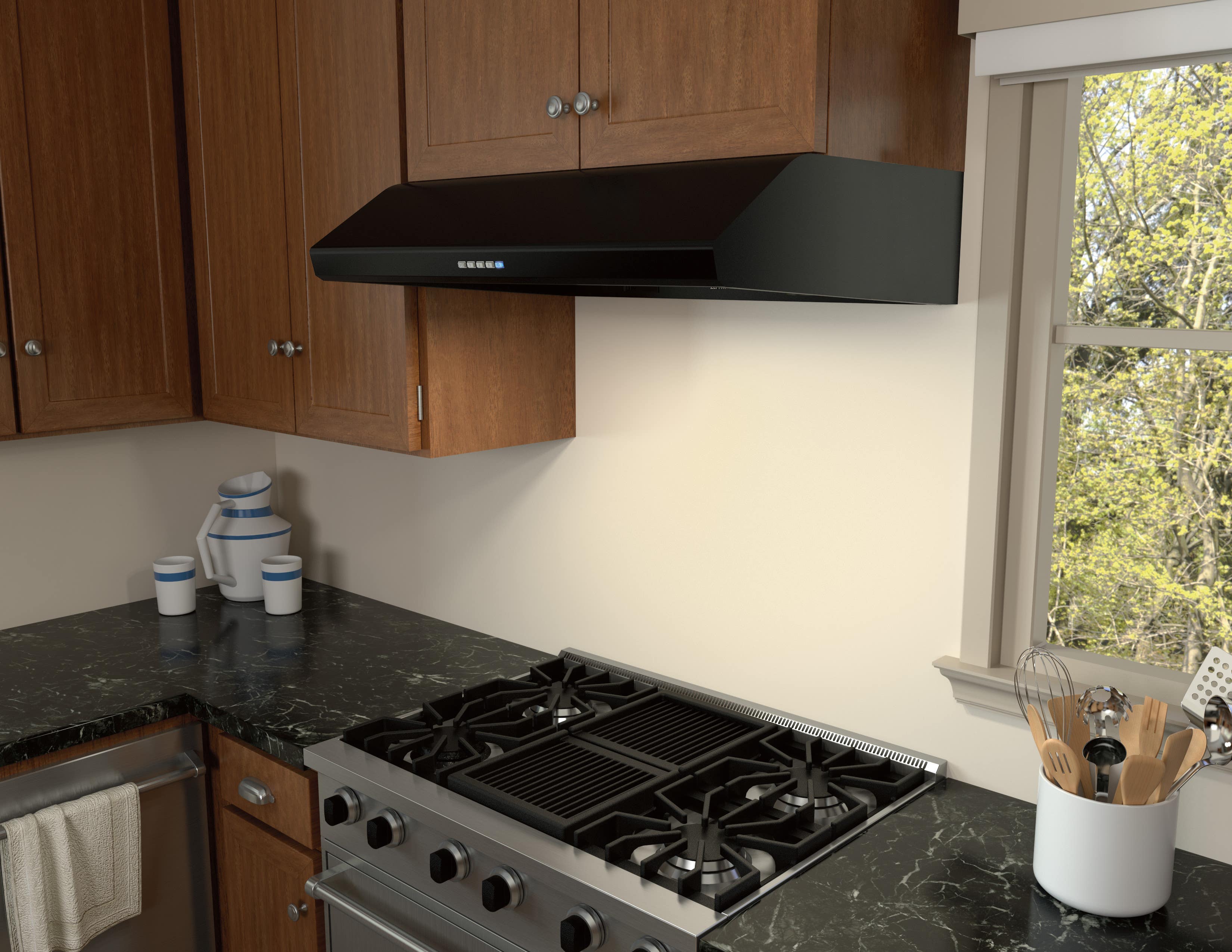
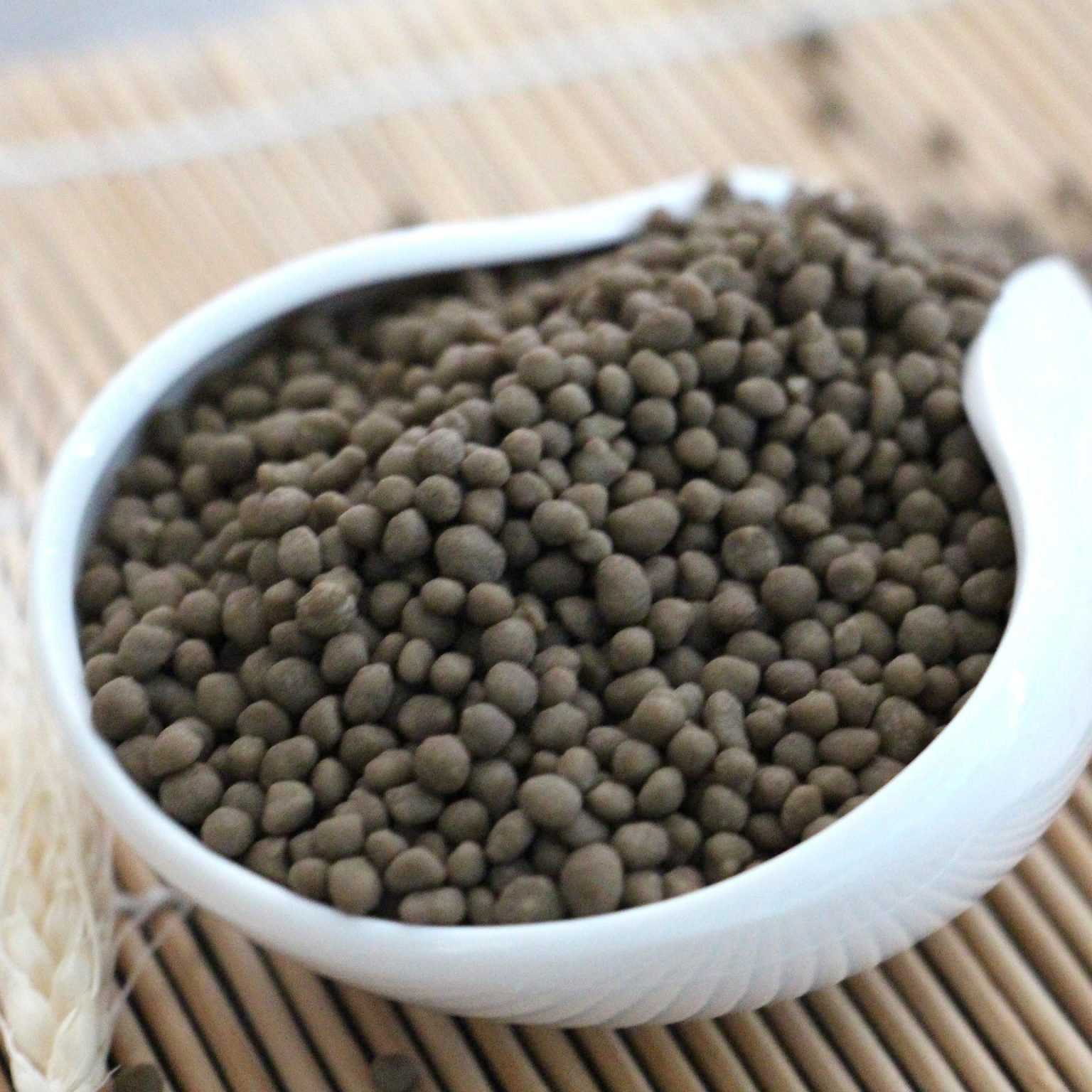


0 thoughts on “What Is 30 10 10 Fertilizer Used For”